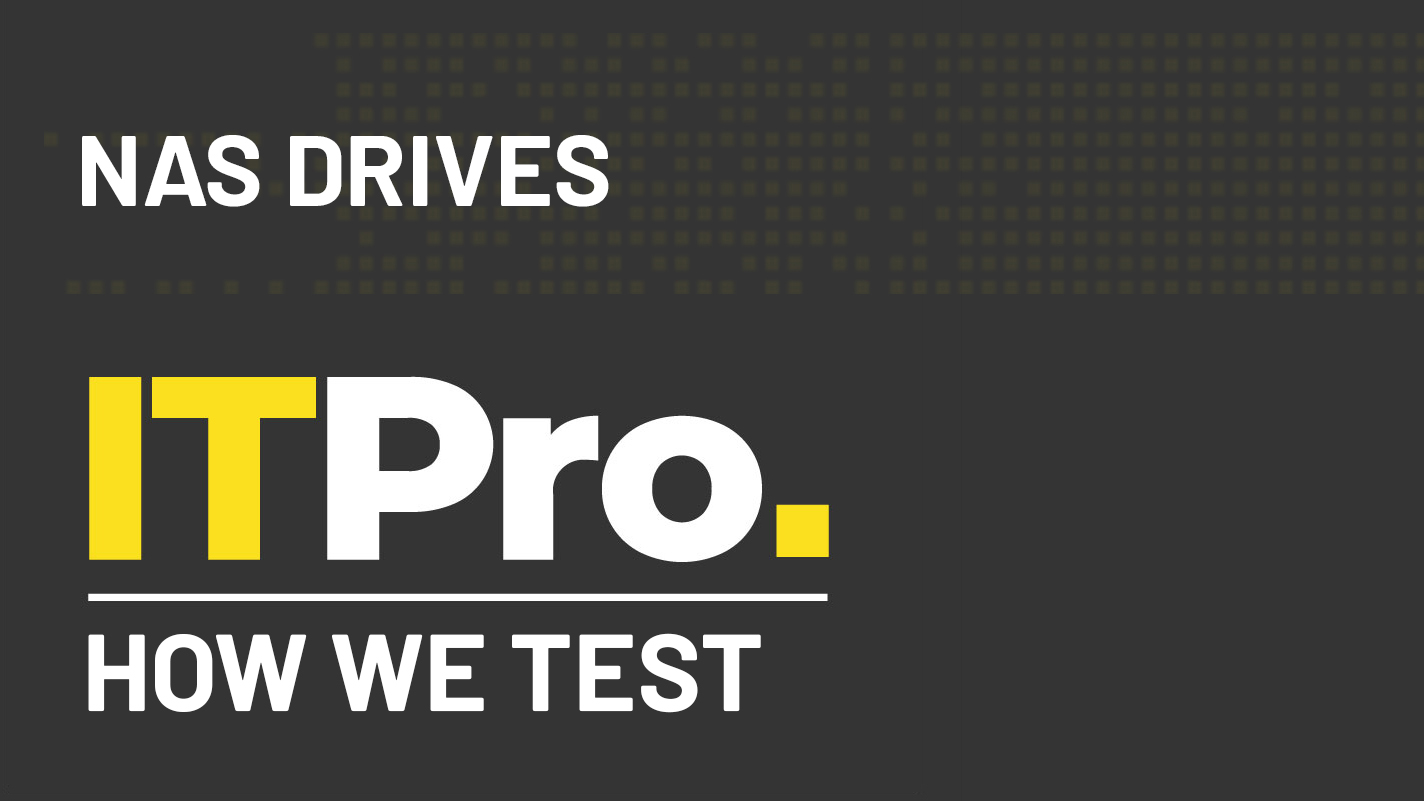
NAS drives remain a commonly-used part of IT setups in both the home and the workplace, but the performance they can deliver depends on much more than just the drives that you fit into them. The internal configuration of a NAS can affect its suitability for many different roles, and so we run a series of benchmark tests on each NAS drive we review in order to measure its capabilities.
If a NAS comes pre-populated with drives, we’ll use those for the tests, but diskless units will be fitted with NAS-specific SATA HDDs, configured either in the manufacturer’s own RAID system or in a RAID5 configuration (or RAID1, for units with less than four bays).
Real-world performance is measured by running timed copy jobs to and from a connected PC, using both mixed-file batches and large single files to measure backup speeds and sequential transfers. We also use CrystalDiskMark to test raw read and write speeds.

Business-focused NAS drives and appliances differ from connected storage devices which are aimed at more general audiences, and so our testing methodology differs slightly for these.
First, we’ll install and set up the unit using NAS-specific SATA HDDs in a four-drive RAID5 configuration (or RAID1 for appliances with fewer than four bays). We then connect the appliance to a test server via 10GbE, either using the standard RJ-45 or fibre SPF+ ports, or by fitting an adapter card if necessary.
To test real-world performance, we copy a 25GB test file to and from our server to measure read and write speeds, timing how long the process takes to complete. We’ll also test encryption write performance by coping the 25GB file to an encrypted share.
We also use the open-source Iometer tool to test raw sequential read and write performance to an iSCSI target – this allows us to state the likely maximum speeds that the NAS is capable of.
Sign up today and you will receive a free copy of our Future Focus 2025 report - the leading guidance on AI, cybersecurity and other IT challenges as per 700+ senior executives
ITPro is a global business technology website providing the latest news, analysis, and business insight for IT decision-makers. Whether it's cyber security, cloud computing, IT infrastructure, or business strategy, we aim to equip leaders with the data they need to make informed IT investments.
For regular updates delivered to your inbox and social feeds, be sure to sign up to our daily newsletter and follow on us LinkedIn and Twitter.
-
 How the UK public sector could benefit from strategic channel partnerships
How the UK public sector could benefit from strategic channel partnershipsIndustry Insights Is the channel the answer to the growing cost vs budget problem facing the public sector?
-
 Microsoft wants to replace C and C++ with Rust by 2030
Microsoft wants to replace C and C++ with Rust by 2030News Windows won’t be rewritten in Rust using AI, according to a senior Microsoft engineer, but the company still has bold plans for embracing the popular programming language

